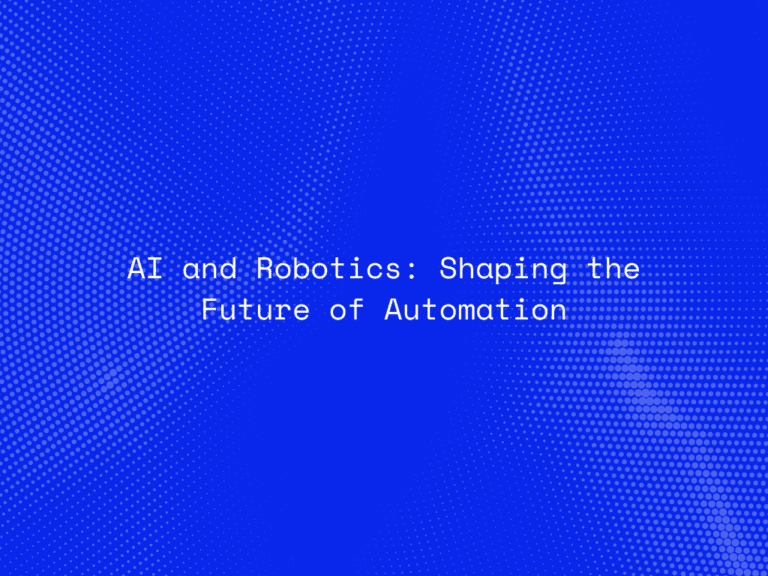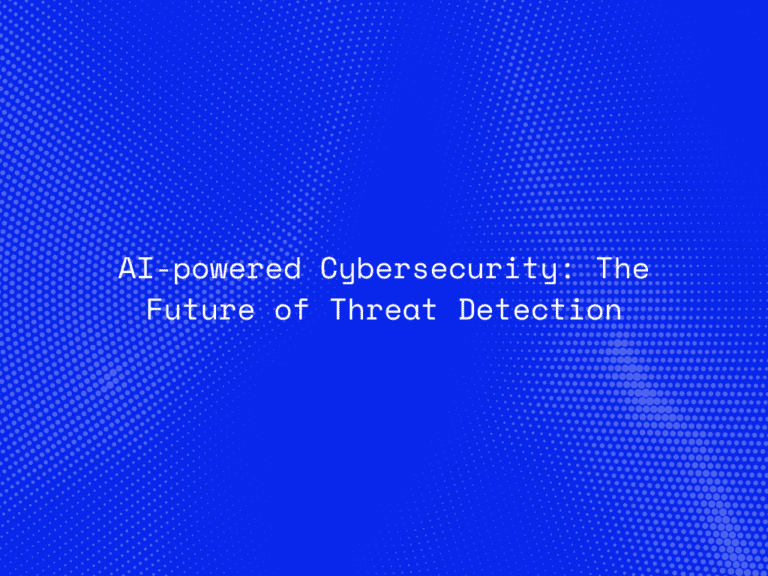The success of modern artificial intelligence relies heavily on the availability of clean, labeled datasets. From autonomous vehicles recognizing pedestrians to voice assistants understanding human commands, data annotation is the foundation that enables machines to make sense of the world. Traditionally, this work has been carried out manually by human annotators—painstakingly labeling images, texts, audio files, and more to train machine learning models.
However, with the rise of Generative AI (GenAI), the landscape of data annotation is undergoing a significant transformation. These powerful models—capable of generating and understanding content across modalities—are beginning to take on annotation tasks themselves. This shift is not just about automation, but about redefining the role of human annotators and enabling more scalable, intelligent AI development.
Understanding the Foundations: What Is Data Annotation?
Data annotation refers to the process of labeling or tagging data to make it understandable for machine learning models. This can include:
-
Labeling objects in images (e.g., identifying cars, pedestrians, animals).
-
Tagging emotions or sentiments in customer reviews.
-
Transcribing spoken language from audio clips.
-
Segmenting video frames into meaningful scenes.
Without annotated data, supervised machine learning models cannot learn patterns or make predictions. In short, annotated datasets are the fuel for AI.
But while essential, traditional data annotation is time-consuming, resource-intensive, and error-prone, especially at the scale required by today’s AI systems.
Enter Generative AI: Changing the Game
Generative AI models like GPT-4, Claude, PaLM, and open-source models such as LLaMA or Mistral are trained on massive datasets and are capable of producing coherent, context-aware text, code, images, and more. These models are not just being used to create content—they’re now being leveraged to accelerate and enhance the data annotation process itself.
Let’s dive into how this transformation is unfolding.
1. Automating Large-Scale Data Labeling
GenAI models are increasingly used to auto-annotate vast datasets, reducing the need for manual input.
-
In natural language processing (NLP), GenAI can tag parts of speech, sentiments, or named entities in a corpus of text.
-
In computer vision, models can generate bounding boxes, image captions, and even pixel-level segmentation.
-
For audio and video, GenAI can generate transcripts or identify scenes and objects.
This means that tasks which once required hundreds of hours of manual effort can now be partially or fully automated, dramatically increasing productivity.
2. Human-in-the-Loop (HITL) Workflows: Combining Speed and Accuracy
While automation is powerful, it’s not infallible. That’s where human-in-the-loop systems come in.
Here, GenAI performs the initial annotation, and human annotators review, validate, and refine the output. This hybrid approach offers several benefits:
-
Faster throughput: AI handles the bulk of the work.
-
Improved accuracy: Humans focus on correcting edge cases or errors.
-
Cost efficiency: Teams scale more effectively without compromising quality.
Rather than replacing human annotators, GenAI augments their work, allowing them to handle larger datasets with greater consistency.
3. Synthetic Data with Built-in Annotations
In scenarios where real-world data is rare, expensive, or sensitive (e.g., medical imaging, autonomous driving in rare weather conditions), GenAI can generate synthetic data—artificially created examples that mimic real-world scenarios. What’s more, this synthetic data can come with built-in annotations, generated during the data creation process.
This approach offers:
-
Diversity in training data (e.g., generating images of rare diseases or traffic anomalies).
-
Controlled experimentation (e.g., tuning variables in synthetic scenes).
-
Reduced reliance on sensitive or private datasets.
Synthetic data generation is proving especially useful in industries with strict privacy regulations or high data collection costs.
4. Quality Assurance and Annotation Validation
Another major application of GenAI is in quality control. It can:
-
Flag inconsistent annotations across datasets.
-
Suggest corrections or highlight low-confidence labels.
-
Benchmark new data against existing annotated sets.
This use case ensures dataset integrity, reducing model bias and boosting reliability.
Example: A GenAI model might detect that the same object was labeled “bike” in one frame and “bicycle” in another, suggesting standardization.
5. Evolving the Role of Human Annotators
As GenAI handles more of the routine annotation workload, the role of human annotators is shifting from manual labor to high-level oversight.
New responsibilities for human annotators include:
-
Training and fine-tuning GenAI models for annotation tasks.
-
Reviewing complex or ambiguous data where AI is uncertain.
-
Setting annotation guidelines and defining edge cases.
-
Monitoring for bias, fairness, and ethical concerns in data labeling.
This evolution requires greater domain expertise, critical thinking, and contextual understanding, moving annotators up the value chain.
6. Ethical and Practical Considerations
While the benefits are clear, integrating GenAI into annotation pipelines also raises challenges:
-
Bias Propagation: If GenAI models are trained on biased data, they may replicate and amplify those biases in their annotations.
-
Over-Automation Risks: Relying too heavily on AI without human oversight can lead to flawed datasets.
-
Transparency and Explainability: Understanding why GenAI made certain annotation decisions remains difficult.
Thus, human oversight remains crucial, especially in sensitive domains like healthcare, law, or finance.
Real-World Applications and Industry Impact
-
Healthcare: Automating labeling of X-rays or MRI images while human doctors validate results.
-
Retail: Annotating product reviews and user feedback to improve recommendation engines.
-
Finance: Automatically categorizing financial transactions or identifying anomalies in reports.
-
Autonomous Vehicles: Creating synthetic driving scenarios for edge-case training.
These examples highlight how GenAI is accelerating model development across industries while keeping human intelligence in the loop.
Conclusion: Augmenting, Not Replacing
Generative AI is revolutionizing the data annotation landscape—but not by making human annotators obsolete. Instead, it is augmenting their capabilities, enabling faster, smarter, and more scalable annotation workflows.
The future of data labeling will be collaborative, where AI handles the heavy lifting, and humans provide expertise, context, and oversight. As GenAI continues to evolve, expect to see even more intelligent, adaptive annotation systems that blur the lines between data preparation and intelligent model training.
Those who embrace this transformation early will be better positioned to build robust, trustworthy AI systems—faster and at a lower cost.




